The Gambia
– Smiling Coast of Africa –
By Kim de Leeuw
The smiling coast of Africa – The Gambia. A wonderful country situated on the West coast of Africa, almost completely surrounded by its neighbouring country Senegal. There are a million stories that could be told about the country. This is mine.
Christmas eve 2018, after a 6.5 hour flight from Schiphol we arrived at Banjul International Airport for our family vacation. The moment you step out of the plane and walk to the bus that will take you to the arrivals hall, you immediately feel that you are in a different country. The dusty roads, the sweltering heat and laughing people. Welcome to the smiling coast of Africa.
I’ll first tell you a little bit more about the country. The country has a turbulent past with many European countries extending their influence over The Gambia and James Island playing a large role in slave trade. In 1965, The Gambia became independent, but leadership issues remained. Several coups were hatched and in 1994 Lieutenant Jammeh led a coup overthrowing the government. Officially, The Gambia kept presidential elections but it was not until 2016 that the strong-armed leader Jammeh was defeated in the elections. The new president is aiming to fight against corruption and face the challenge of poverty. Together with my granddad I visited the Ministry of Women’s Affairs that is striving for gender equality and women empowerment. However, a quick Google search taught that women are underrepresented in positions in both society and government. The official language is English, but each ethnic group also has its own language. The largest ethnic groups in The Gambia are the Fula, Mandinka, Jola, Serahuli and Wollof. Most of the tourists come for the beaches and birdwatching. The image below shows a map of The Gambia including some of the main tourist attractions. More about The Gambia and their view on responsible tourism can be found on the website of the Tourism Board. There is not much community-based tourism in The Gambia yet, but late 2017 they started to develop a CBT project in amongst others Janjanbureh.

Banjul
Our hotel was situated in Banjul, which is the capital of The Gambia, but not the largest nor most populated city. I personally liked staying in Banjul, because it was located further outside of the more touristy areas like Kolokoli. It also gave us the perfect opportunity to explore the capital by foot. It seemed like everything was within walking distance from our hotel. Strolling through a city is always a nice way to explore a place because you get to see places you might miss out on otherwise. Banjul is situated at the coast and therefore it feels like a combination between a fishing village and a city. For amazing views from above, I highly recommend you to visit Arch22, and if you want to know more about the Gambian history, the national museum can give you a better insight.
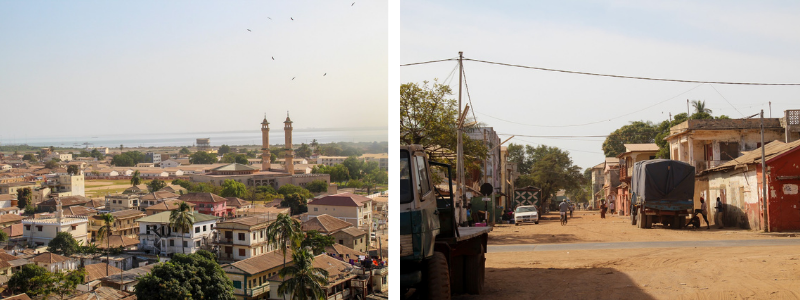
Southern Gambia Tour: Kachikally Crocodile pool, Serrekunda market, Tanji fishing village
You can easily travel The Gambia on your own by making use of the so-called tourist taxis. However, we visited the country with my dad’s family, a group of 15 people in total, and therefore private tours were a more convenient option. Usually, I prefer discovering places on my own, because it gives me more time to stroll around the place and take photographs, but this time we were often accompanied by three guides who could tell us everything about the sites we were visiting. By telling their stories really vividly, they taught us a lot about the history and local culture. But more importantly, they could advise on what was appropriate and what was not. I definitely loved having a guide around. To get acquainted with The Gambia, we started with the Southern Gambia tour, visiting the Kachikally crocodile pool, Abuko cattle market, Brikama craft market, Serekunda market, Lamin lodge, Paradise beach and the fishing village Tanji.
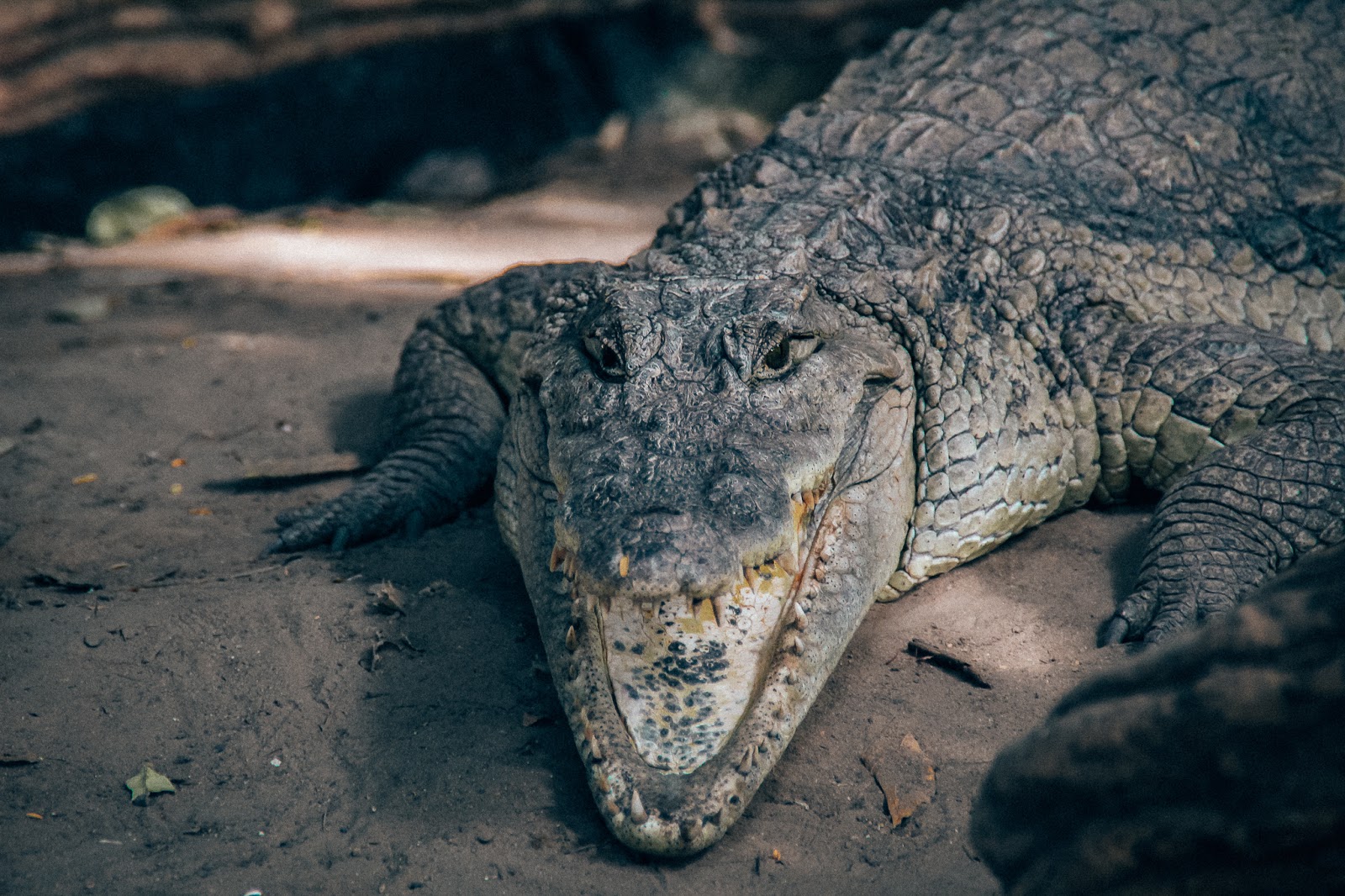
The first stop on our tour was the Kachikally crocodile pool. This sacred pool is known by the Gambian for its healing powers and blessings. Long ago, the Bojang tribe settled in the area. Their story tells that shortly after they arrived, the fertility spirit Kachikally, looking like a desperate, older woman, appeared and acted like her daughter drowned in the pool. The tribe did everything they could to save the daughter and in return they were granted custodianship of the pool and asked to take care of it and fill it with life. A few weeks after, the tribe caught a couple of crocodiles and released them into the pool. Infertile women and people who are very misfortunate came from far to bathe in this sacred pool, being washed by women from the Bojang tribe. If you ever come across a person named Kachikally, you know his or her mum took a bath in the pool of Kachikally because it is tradition that the children born from a woman that took a bath in the pool are called Kachikally. However, tourists often visit the pool for a different reason, namely the crocodiles. Nowadays, there are about 80 crocodiles living in the pool that serve as a bridge between the spirit Kachikally and its visitors. The crocodiles are fed fish every morning, because there is no fish anymore in the pool and the villagers do not want the crocodile to go roaming its neighbourhoods. Due to this feeding, the crocodiles are very full and allow tourists to touch them on their back or their tails. Occasionally, there are still sacred rituals taking place. Kachikally is a great place to see the crocodiles from up close. It is a majestic sight to see at least 20 of these large animals, the largest crocodile is three meters long, sunbathing on the side of the pool. The crocodiles can roam freely, but because they are fed at the pool, they always stay close. Whether petting these animals is ethical, I leave up to you. The Gambians I spoke with, did not see this as a problem.
Next up were several markets. The first stop we made was at the Abuko cattle market. At this market, cows and goats are sold and we were lucky to witness the sale of a goat. The market at Brikama, on the other hand, is a craft market with 57 stalls selling mostly wooden crafts. The most interesting market, however, was the market of Serrekunda. Serrekunda is the Gambian city that hosts the most inhabitants and therefore has a very vivid market. You can stroll through the many small alleys not knowing where to look first. Think of something and it is being sold at this market. I have no pictures of this place, because taking photos is seen as inappropriate at this market, so you have to go see the market with your own eyes.
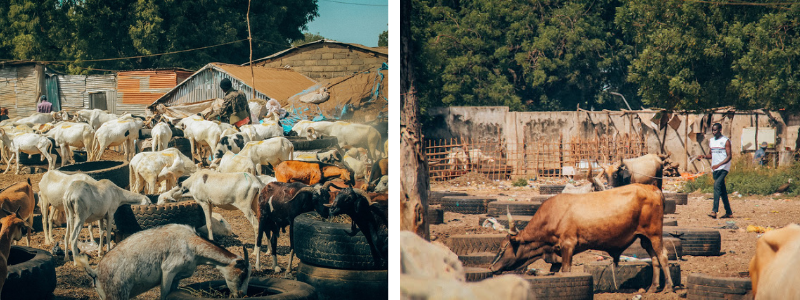
Last, but definitely not least, we have been to Tanji, a fishing village. When entering the village, we were first brought to the fish smoking houses where the bonga fish is smoked for five days to conserve it and get it ready for export. I recommend you to have a look at this video to get a vivid image of the fish smoking and the market. We visited the market at the end of the day and that is when the fishermen bring the fish in. Most of the fish is being sold on the spot by their women. The fish that is not sold instantly is being put in freezers, see image below, that are filled with ice. There is so much going on: men carrying buckets filled with fish through the water from their boats to the sands, boys walking around with wheelbarrows to move the fish from one place to the other, and women haggling with their customers for the right price. I could easily spend an entire day here. However, something to keep in mind is that this is a workplace and not a tourist attraction.

Juffureh & Kunta Kinteh (formerly James Island)
MUST VISIT. This is all I have to say about it. We were picked up early in the morning by our guides to start our trip to Kunta Kinteh. The trip itself is already impressive because you have to cross the Gambia river that splits the country in two halves. Crossing the river is usually done by ferry. Everybody queues early in the morning to ensure themselves a spot on the ferry. What I found interesting, was the order of entrance. First, the tourists are allowed to go on the ferry, then the cars and trucks, and last are the locals crossing by foot. I would feel more for a first come, first serve principle. I mean, we were also entering by foot and I would feel bad if someone would not fit on the ferry because us tourists were privileged to go first. To our guides, however, this was just the regular way of how things work. Luckily, it is allowed in The Gambia to fully pack the ferry with people standing as close to each other as you see them entering the ferry on the photo below and thus nobody was left behind.
The goal of our trip was the UNESCO World Heritage area of Albreda, Juffureh & Kunta Kinteh Island. We first arrived in Juffureh, the village where Alex Haley, the author of Roots, has its roots. The entire area holds the dark legacy of slavery for which several European nations were responsible. From this place you can visit Kunta Kinteh, formerly known as James Island, home to Fort James, the British colonial trading post from which a lot of slaves were shipped. Many slaves were thus waiting on this island to continue their journey away from their homes. Nowadays, there are not many remainders visible, but in my opinion this area is just a must visit because of its history. Combine your visit of Kunta Kinteh with the slavery museum in Albreda and learn more about this dark part of history. Visiting these sites with a guide is highly recommended, because you will learn so much more, factually and emotionally. The second photo below is a typical tourist photo from the site, but the statue tells a short but powerful story: NEVER AGAIN.
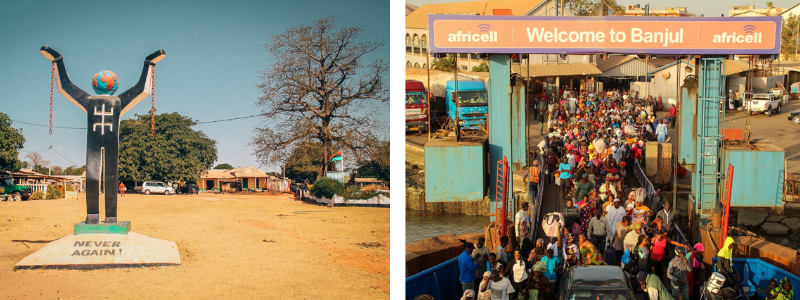
Makasutu Culture Forest & Wide Open Walls
The Gambia Tourism Board praises Makasutu as the eco-tourism jewel of The Gambia. The culture forest was founded to become an ecology project as well as a place where visitors can learn about the local culture. When talking about nature, Makasutu has it all. This small forest consists of savannah, palm forest, gallery forest, wetland and mangroves which means that there are five different ecosystems in place. As in most nature reserves, in Makasutu you can find many of the common monkey species and several bird species, but here you also find baboons. Until today, local women still grow their crops here and collect oysters. There are a lot of things you can see and do in the forest, including a canoe trip through the mangroves, learning how to tap palm sap (and taste palm wine) and birdwatching.
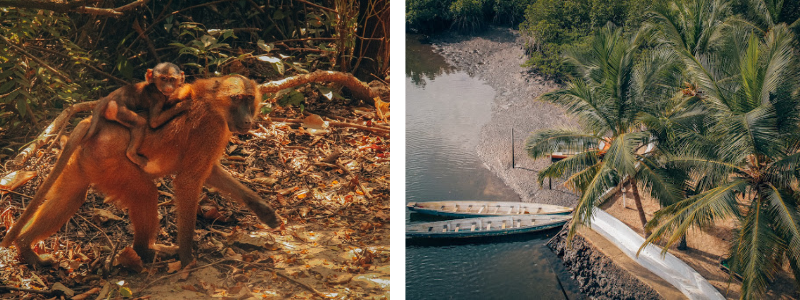
The compounds surrounding Makasutu have taken part in a project called Wide Open Walls which started in 2010. Several street artists have come to these villages to create art works on some of the buildings. A blue tattooed lion, a giant zebra and many other stunning, colourful images can be found on the buildings in these compounds. The idea was born to engage more with the local community through creating these forms of art and to put The Gambia on the map as a tourism destination. The artists participated in workshops with local children and older inhabitants copied the techniques the artists have shown them. In terms of tourism, the lodges at Makasutu profited from an increase in visitors and thus the compounds indirectly from the creation of additional jobs. However, I could not witness direct benefits from tourism for the local community and a quick Google search also cannot answer this question. Maybe a community-based tourism project would actually be a great addition to Wide Open Walls.
To learn more about the history of Makasutu and Wide Open Walls, you can visit their website.
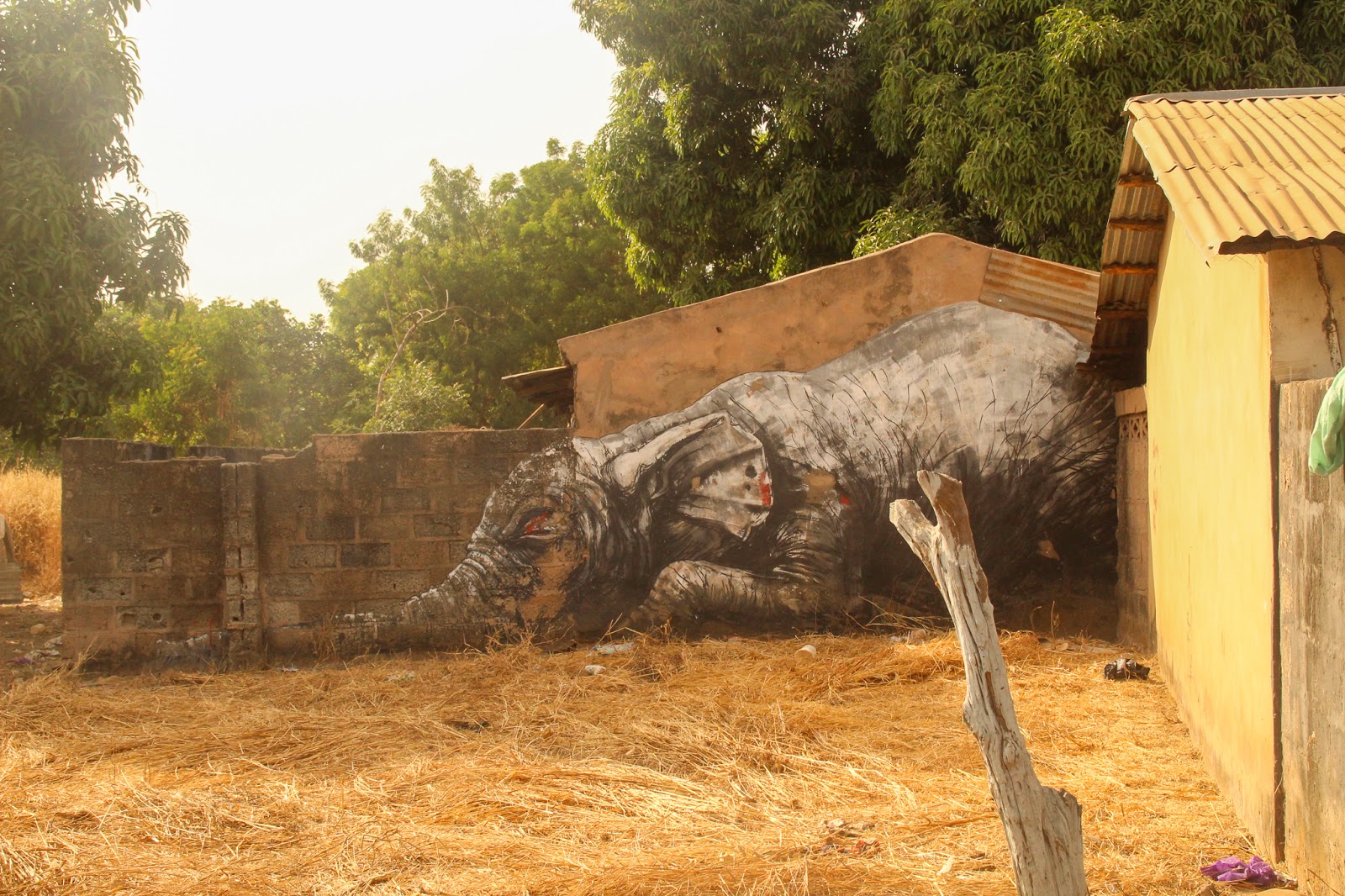
Bijilo forest & Abuko nature reserve
When you love to see monkeys, you should definitely visit Bijilo forest. This reserve has some well-maintained walking trails through gallery forest and the chance of seeing monkeys is really high. We already saw our first monkeys in front of the park’s entrance. Since I am a camera addict, you can imagine what that must have looked like: me taking dozens of pictures without realising that the best was yet to come. Once into the park, you can follow one of the trails and when you are further into the forest I’ll advise you to just sit down. Soon, you will be surrounded by playing monkeys. The photos below are an impression of which monkeys you may encounter. According to our guide, the forest hosts green vervet, red colobus and patas monkeys.

Where Bijilo Forest Park is mostly known for the monkeys, the Abuko Nature Reserve is mostly known for birdwatching haunts. Oh, and for its snakes and crocodiles, though I am somewhat happy we did not encounter them. In 1968, Abuko was identified as the first nature reserve of The Gambia, because the need for conserving its high biodiversity was recognised. Over 250 different bird species are recorded in the nature reserve, but you must be patient to see them. Having a guide can therefore be really helpful, because they have a lot of knowledge about all the different species and know how to spot them. However, it is likely that you will have a guide with you anyway, because even though you are allowed to go in on your own, you are expected to pay for one of the park’s guides to discover the park with you. A little fun fact on the side: this tropical forest is the closest to Europe.
Other recommendations
The tips I gave above are based on my own experience. To my regrets, I have not been able to visit all the interesting sites that The Gambia has to offer. Indeed, the country is small, but I would still recommend you to stay at least two weeks. I would like to recommend two other sites: Wassu Stone Circles and the Chimpanzee Rehabilitation Project Camp. The first is a 1200-year-old site which is believed to be burial grounds for ancient kings and chiefs, whereas the second includes a boat tour through the River Gambia National Park from which you can see the chimpanzees from Baboon Island. Other wildlife like hippos, crocodiles and baboons can also be encountered. Another interesting thing is that the Chimpanzee Camp partners with local communities, for example by setting up garden projects.
Foodies tip
To conclude my recommendations, I would like to give you a last foodie tip. When you are in The Gambia, try Chicken Domoda! By far my favourite dish of the country. Peanuts, the local export product, is one of the key ingredients. We got lucky to be invited into the house of our guide to share the meal. His sister prepared the most delicious Chicken Domoda I have ever tasted! I have tried to replicate the dish at home, but it never tastes as good. The visit to his house was very special, because we were able to see how Gambians live in the compound.
Influences of tourism
If you have some knowledge about tourism, you will be familiar with the negative effects that tourism can have on a country and its people. In my opinion, some of these were clearly visible in The Gambia. There is a large income gap between the people visiting the country and the people living in it. 60% of the Gambians live in poverty. This is something both the locals and the tourists are aware of. Unfortunately, The Gambia is also known for white, older women seeking love and affection from younger Gambians. Google Gambian love-cheats and there are plenty of stories about Gambian men telling Western women they love them, but once they get money or a visa they disappear. Let me start by saying that by no means I want to generalise Gambian men or Western women for that sake. But I have to say, there is no other country where I experienced that much male attention, mostly from so-called beach boys, that did not seem to be based on genuine interest in me. Neither have I been in a country with this level of public affection between elder white women and young(er) local men. You need to know the story behind it. I can give you an example. When we were in the bus back to the airport, a woman was telling us about how she had left money for the Gambian men she had spent a lot of time with and with whom she connected. By the time the bus was leaving, he was gone.
Secondly, I would like to invite you to take a look at the photograph below. It shows my family in a jeep surrounded by little children. At first, this might seem sweet because the children are waving, but the reality is ugly. These children and many others ran after our jeeps screaming: “sweet, sweet”. Every time this happened, our guide tried telling the children to stop chasing tourist cars. It is dangerous and accidents can happen in the blink of an eye. But it is not only that. Tourists that do throw candy out of the car contribute to bad mouth hygiene. It is commonly known that sweets are bad for your teeth and when dental care is not good, you contribute to bad health. Also, the children get used to this form of begging and that is something that should never be normal. If you want to contribute to local development, do so in collaboration with a local organisation, foundation or discuss with locals how you can best do this.
Despite those negative impacts of tourism, I have thoroughly enjoyed my time in The Gambia. If you have a limited amount of time, but you want to see a large part of a country, The Gambia is the place to go!
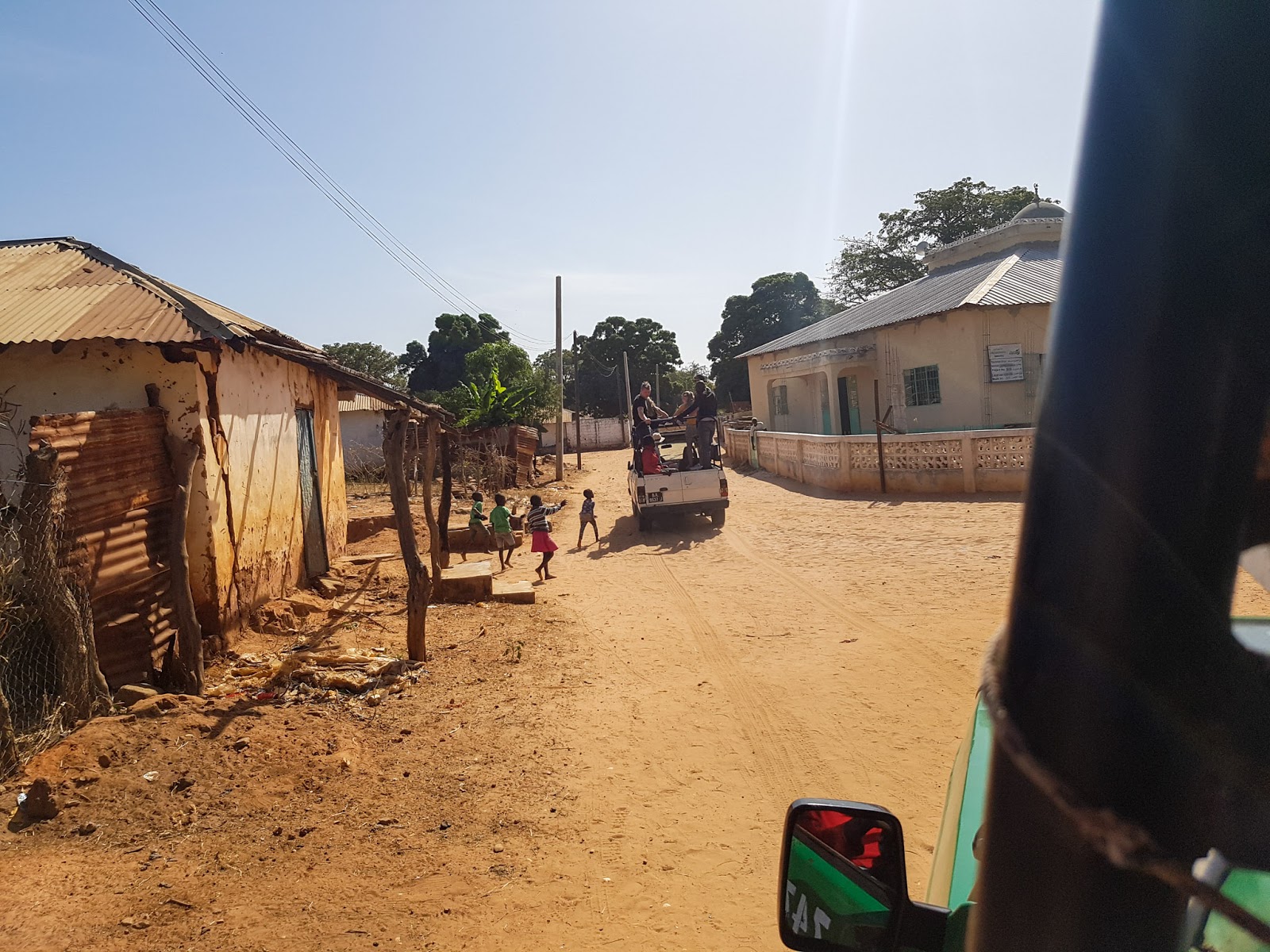
______________________________
Interesting Links:
Documentary: Welcome to the Smiling Coast


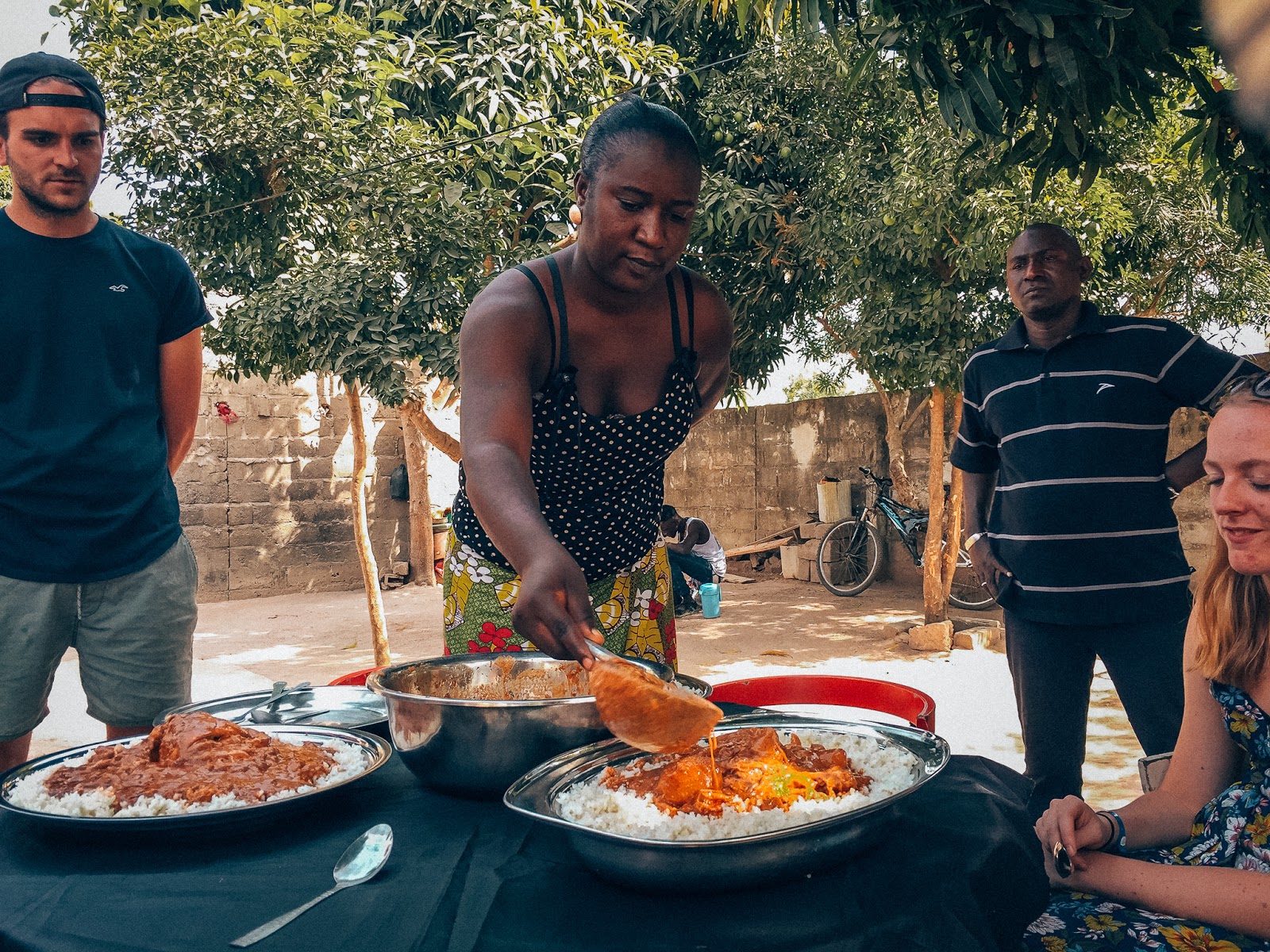
This Post Has 0 Comments